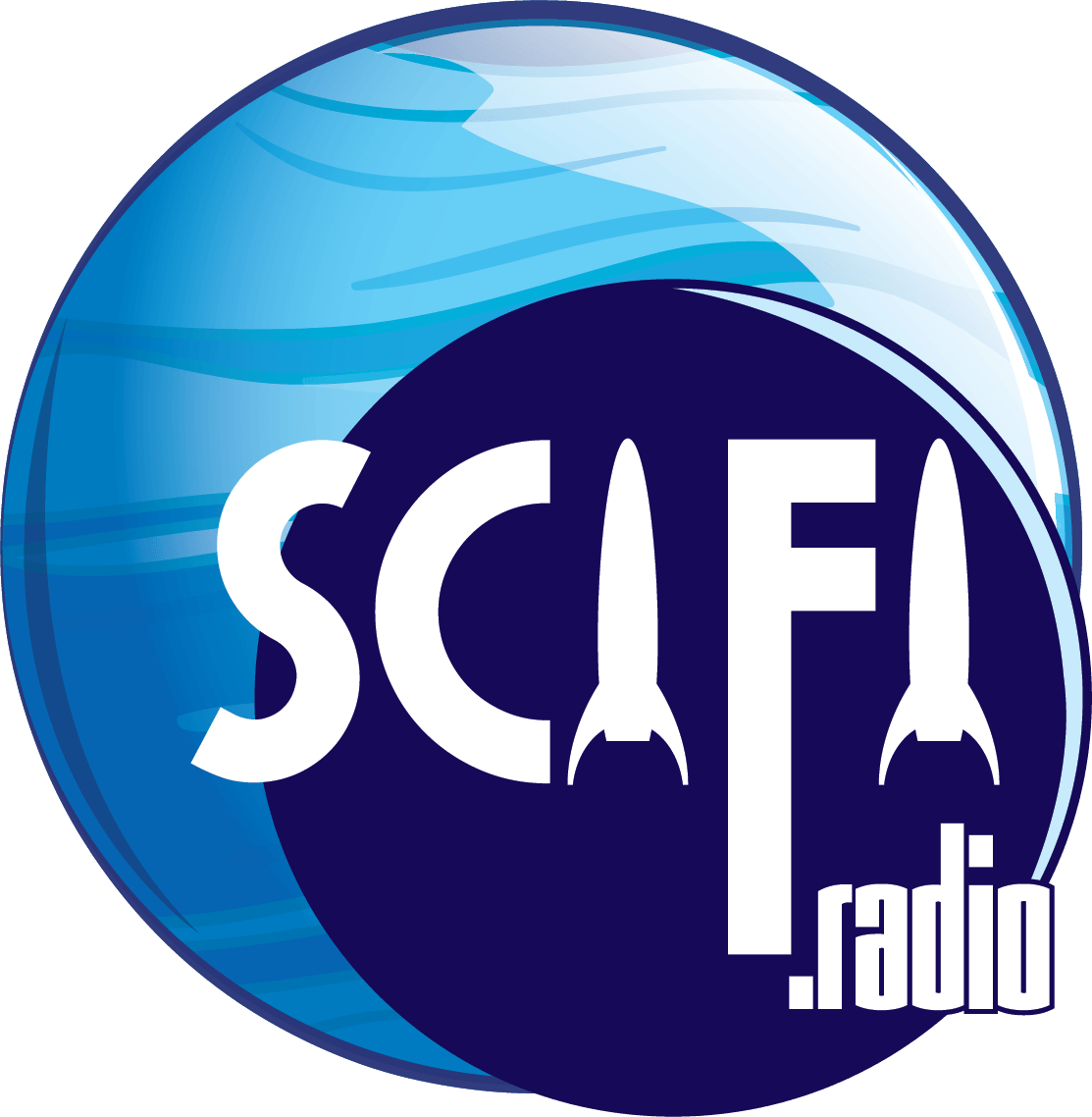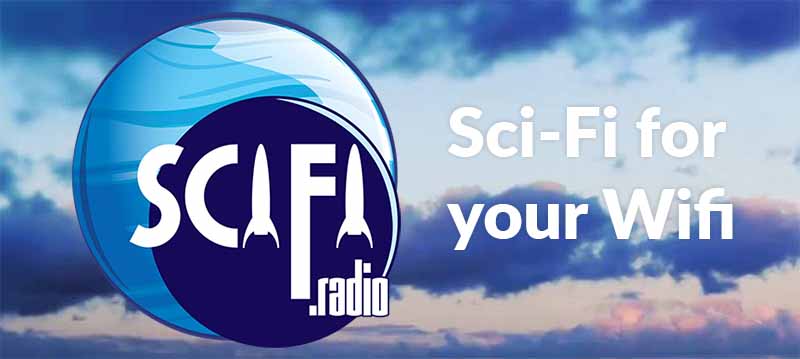 by Cat Ellen, contributing writer
by Cat Ellen, contributing writer
“When ships to sail the void between the stars have been built, there will step forth men to sail these ships.” — Johannes Kepler (1571–1630)
For many, the last week of January is considered NASA’s toughest week. Apollo 1 was lost in a fire in a pre-launch test on the launch pad, January 27, 1967. Challenger broke apart in the air just 73 seconds after launch on the morning of January 28, 1986. And Columbia was approximately sixteen minutes from landing on the morning of February 1, 2003 when the orbiter broke up during re-entry. Seventeen men and women of NASA lost their lives in these three tragedies, and their memorial anniversaries fall within six days of each other.
Those Remembered
- APOLLO 1 in 1967: Virgil “Gus” Grissom, Ed White, Roger Chaffee
- CHALLENGER, STS-51L, in 1986: Dick Scobee, Michael Smith, Judith Resnick, Ellison Onizuka, Ron McNair, Greg Jarvis, and teacher Christa McAuliffe
- COLUMBIA, STS-107, in 2003: Rick Husband, Willie McCool, Mike Anderson, Ilan Ramon, Kalpana “K.C.” Chawla, Dave Brown, Laurel Clark
First established in 2004, NASA’s annual Day of Remembrance marks the commemoration of the agency’s fallen astronauts, honoring members of the NASA family who lost their lives while furthering the cause of exploration and discovery. Charles Bolden, the fourteenth Administrator of NASA, said, “Today we pause in our normal routines and reflect on the contributions of those who lost their lives trying to take our nation farther into space.”

NASA Administrator Charles Bolden participates in a wreath laying ceremony as part of NASA’s Day of Remembrance, Friday, Jan. 31, 2014, at Arlington National Cemetery. Photo Credit: NASA/Bill Ingalls
NASA selected their first group of astronauts in 1959. Since then, 330 US Astronauts have been selected, including 201 from the military and 129 civilians. We’ve watched as NASA has piloted through Mercury, Gemini, Apollo, Skylab, the Shuttle era, and the ISS Expeditions (now in its 44th mission).
Two of these three tragedies happened during the Shuttle years at NASA. There were 135 total shuttle missions, spanning from 1981 to the final mission in 2011. Twenty-eight years ago, the country was shocked and heartbroken to watch Challenger disintegrate on launch, on its tenth mission into space. Columbia was the first spaceworthy shuttle in the fleet—taking that first flight in 1981—and was returning from its 28th mission when tragedy struck.
Even now, debates and struggles to continue the mission to explore humankind’s final frontier weigh the value of government-funded missions and the relative newcomer, private space. But setting aside the bickering, the posturing, and the politics, the Day of Remembrance gives us the opportunity to pause and think about the individuals whose lives were claimed in our pursuit for the stars.
How do we push the envelope for space? How do we raise the bar for human achievements? More importantly, what can each of us to to further the study of science, technology, engineering, and mathematics today? Certainly many of us remember being told, “You can be an astronaut when you grow up.”
Canadian Commander Chris Hadfield has talked about how watching Apollo 11 landing on the moon started his life-long pursuit to be an astronaut. His conversations through Twitter, @Cmdr_Hadfield, from ISS (Expedition 35) captured the imagination of thousands of kids and adults, alike. (I still cannot watch his cover of “Space Oddity” without shedding a tear or twenty.) Astronauts like him can bring back the wonder and amazement of pure scientific joy.
Memorial anniversaries can be sobering but hopefully they remind us of the inspiration these crewmembers were compelled by to reach the stars. Their legacy lives on, currently with the International Space Station expeditions as well as in the generations of explorers still yet to come.
From NASA:
…their legacy lives on as the International Space Station fulfills its promise to help us learn to live and work in space and move farther into the solar system. We see our lost friends in the strivings of so many missions to take humans to new destinations and to unlock the secrets of our universe. And we honor them by making our dreams of a better tomorrow reality and by acting to improve life for all of humanity. Let us join together as one NASA Family, along with the entire world, in paying our respects, and honoring the memories of our dear friends. They are with us still on this grand journey.
For More Information
- Day of Remembrance information at NASA.gov
- Twitter: @NASA
-30-
Cat Ellen is a technical writer by trade, an occasional copy editor
and beta reader, and has a passion for teaching ATS bellydance and
numerous textile arts, notably drop spindle and card weaving.









